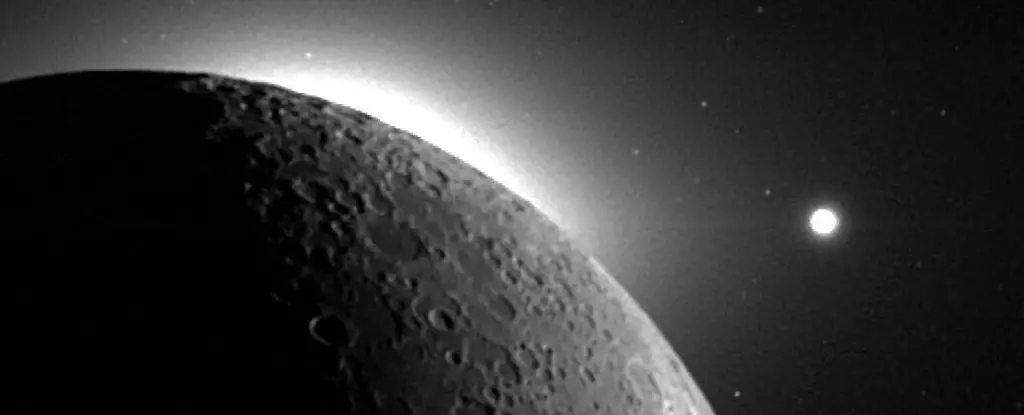The Earth and its Moon present a remarkable case in our Solar System due to their unique relationship. Unlike other planets, which may possess multiple moons or none at all, Earth’s singular large satellite stands out, prompting intriguing questions about how this cosmic duo came to be. This discourse delves into the origin of the Moon and addresses new hypotheses that challenge long-held beliefs, reshaping our understanding of planetary evolution and potential moon formation processes.
For centuries, the Earth-Moon system has captivated scientists and philosophers alike, as the mass ratio between our planet and its Moon is distinctive. Traditional beliefs often categorized the Moon as a child of Earth, born from the same primordial material after a colossal collision known as the Giant Impact Hypothesis. This theory remains a cornerstone of lunar studies, postulating that a Mars-sized body collided with the early Earth, leading to debris that ultimately formed our Moon. However, recent inquiries, particularly by astronomers Darren Williams and Michael Zugger from Pennsylvania State University, are challenging this assertion by suggesting alternative origins for the Moon.
A key development in the ongoing debate is the concept of gravitational capture, which posits that celestial bodies can be pulled together through their gravitational interactions. While the prevalent notion centers around the Moon being a product of Earth’s own formation, the possibility of it being a captured entity from elsewhere in the Solar System opens up new avenues of exploration. According to Williams and Zugger’s research, terrestrial planets, including Earth, may have the potential to capture moons—a hypothesis that adds layers of complexity to our understanding of moon formation.
One particularly intriguing scenario is known as binary capture, where two gravitationally bound entities interact with a third body. In this case, the Moon could have originated from an alien system, later drawn to Earth’s gravitational influence. This would not only explain the anomalous alignment of the Moon’s orbit but also reflect a method of acquisition we have observed in other celestial scenarios, such as the peculiar orbit of Neptune’s moon Triton. Triton, noted for its retrograde orbit, raises the possibility that it was once part of a binary system before being commandeered by Neptune’s gravity.
Despite the novel proposal of capture, one of the fundamental reasons for supporting the traditional Giant Impact Hypothesis lies in the striking mineral and isotopic similarities between the Earth and its Moon. The consistency in their compositions strongly implies a shared origin. If the Moon were indeed captured, it raises questions about how two bodies with such closely related materials could have become gravitationally entwined without a common formation pathway.
The discrepancies in expected mineral compositions might favor the original collision theory over the capture theory, as the latter would suggest that the Moon’s materials differ from what Earth would normally produce. Therefore, while gravitational capture remains a tantalizing possibility, it simultaneously poses challenges that must be reconciled with the existing geological data.
The dialogue surrounding the Moon’s origin extends beyond mere curiosity; it connects deeply to our understanding of how celestial bodies interact across the universe. Both theories provoke further inquiry into how planetary systems develop and evolve, not just in our Solar System but beyond. As we seek exoplanets with potential for life, understanding the relationship between planets and their moons bears significant implications for identifying habitable environments elsewhere in the cosmos.
Both the Giant Impact Hypothesis and the gravitational capture scenario emphasize the need for continued research into the formative processes behind planetary bodies. As space exploration advances and new data becomes available, we may uncover additional insights that refine our understanding of how our Moon found its place in relation to Earth.
As Williams stated, the origin of the Moon remains an open question, with new possibilities emerging to challenge established theories. The Earth-Moon relationship offers a unique lens through which to explore broader cosmic narratives, and while current scientific discourse supports two prevailing theories, ongoing research is pivotal in demystifying our celestial companion’s fascinating journey through the Solar System. Ultimately, whether the Moon is an adopted sibling or a unique child of our planet, the quest to unravel this cosmic mystery continues to inspire and challenge our understanding of the universe.


Leave a Reply